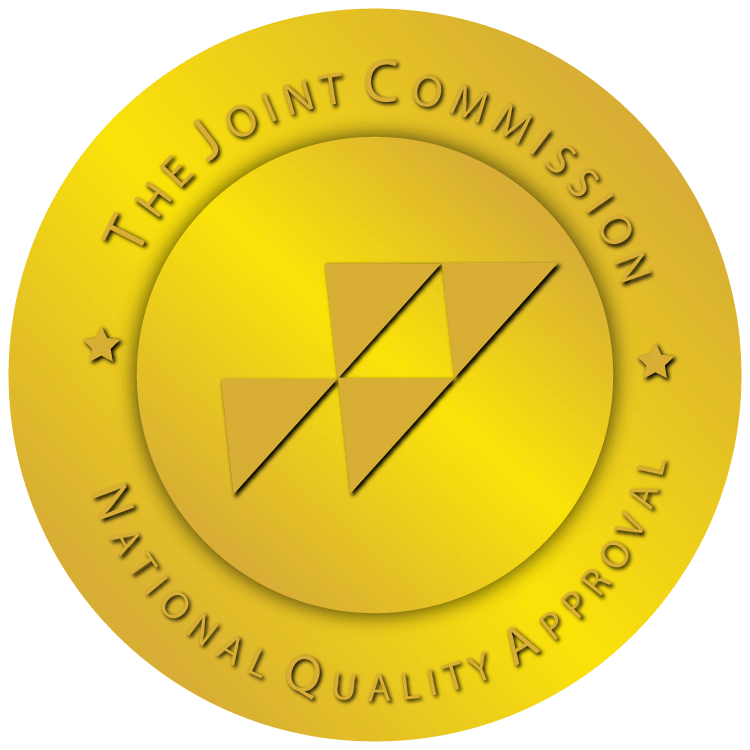
Pharmaceutical medications were created in hopes of improving the lives of people suffering from a wide range of diseases, disorders, and conditions. Unfortunately, many of the same medications that are intended to provide relief from physical pain and mental health afflictions can become the source of a prescription drug addiction. Around 16 million Americans misuse prescription drugs in a given year, a situation that can lead to dependence and substance use disorder. Of those who misuse prescription medication, around two million become addicted.
Although the rapid path to addiction to prescription medications can take many individuals and their loved ones by surprise, the path toward recovery can be long and complex. At Maryland Recovery, our team of addiction specialists and mental health professionals provides personalized outpatient addiction treatment programs to clients in Harford County, Maryland. Learning more about the most commonly misused prescription medications and why they are so dangerous can help you or a loved one stay vigilant in the face of America’s prescription abuse problem.
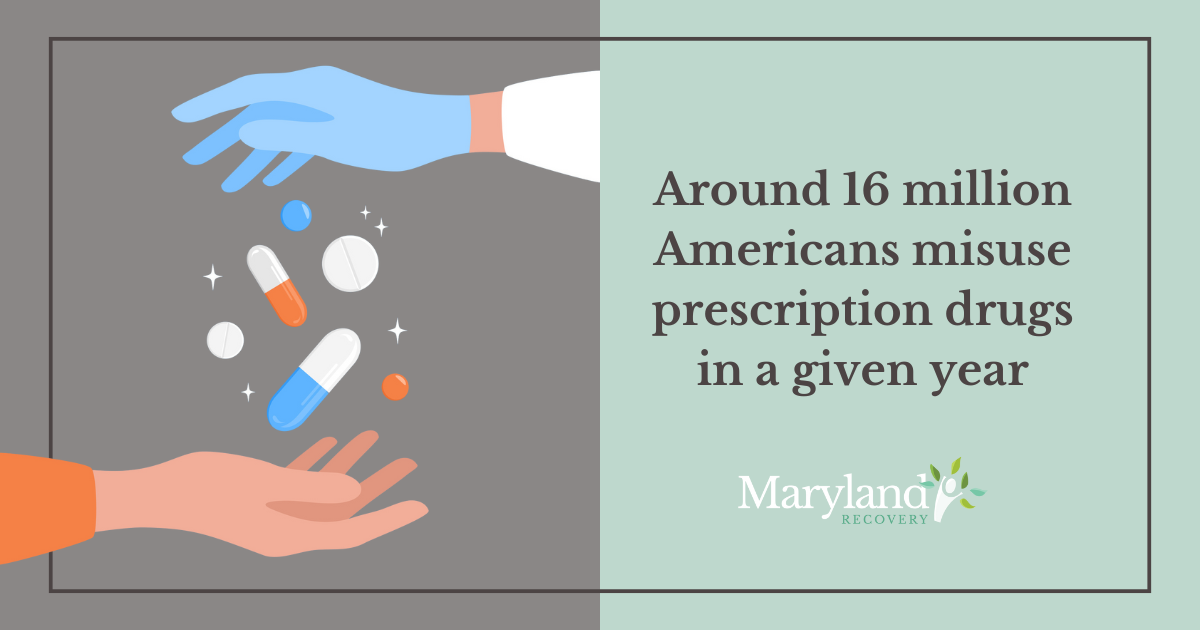
What Are the Most Commonly Abused Prescription Drugs?
These commonly abused prescription drugs carry a particularly high risk of dependence and addiction. Misuse of these medications can lead to substance use disorder and the need for professional addiction treatment.
Suboxone
Suboxone is an important tool for people who are trying to overcome opioid addiction. As part of a medication-assisted treatment (MAT) program, Suboxone, also known as buprenorphine-naloxone, addresses the root cause of opioid addiction by blocking opioid receptors. This makes opioids less desirable to the person facing addiction. Of the three FDA-approved medications for opioid use disorder, Suboxone is one of the most commonly used.
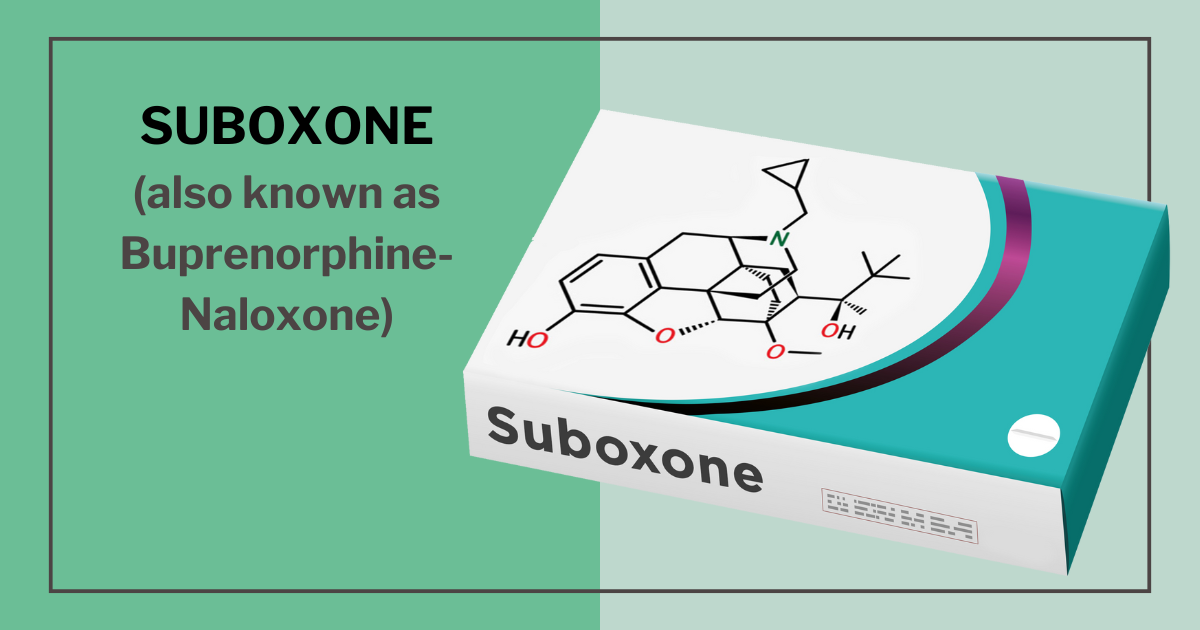
Suboxone is usually taken as a tablet, but it can also be administered via a dissolvable film that is placed under the tongue. Suboxone is typically prescribed by a medical doctor in the following four phases: induction, stabilization, maintenance, and taper. The steps usually involve an initial dose at the beginning of treatment. The doctor then steadily tapers the dosage until the patient no longer needs the medication.
Suboxone has helped many people maintain long-term recovery from opioid addiction. Unfortunately, while it is less addictive than methadone and highly effective, it can still be misused. Over time, people can develop a dependency that requires higher and higher doses to maintain the same desirable high and relief from withdrawals. People who misuse Suboxone may resort to snorting or injecting the drug in higher and higher doses.
Adderall
Adderall is a popular prescription medication that is used to help individuals with attention-deficit/hyperactivity disorder (ADHD). Adderall is a combination of amphetamine salts that artificially increases the levels of certain neurotransmitters in the brain. The two main neurotransmitters affected by Adderall are dopamine and norepinephrine.
Dopamine and norepinephrine regulate attention and focus. By boosting these neurotransmitters, Adderall improves concentration and alertness. Unfortunately, the drug’s stimulant effects make it ripe for misuse. Often, people and students use this prescription drug for legitimate reasons, only to become addicted later on.
Some people enjoy the productive and focused mindset they believe Adderall gives them. Other people use it to achieve a euphoric state. Still others use Adderall to suppress their appetite and lose weight. No matter the objective, long-term use can lead to serious health issues that can affect the cardiovascular system. Worse, Adderall is frequently prescribed to people under 18, and many teens overuse or misuse the drug.
OxyContin
Nearly four out of five prescriptions in this country are for some type of opioid, a class of drugs created to mimic poppy-derived opiates like morphine and provide substantial pain relief. One of the strongest pain relievers commonly available after surgeries and other procedures is OxyContin, or oxycodone. Part of the reason OxyContin is so addictive is due to the intense and rather quick high it produces.
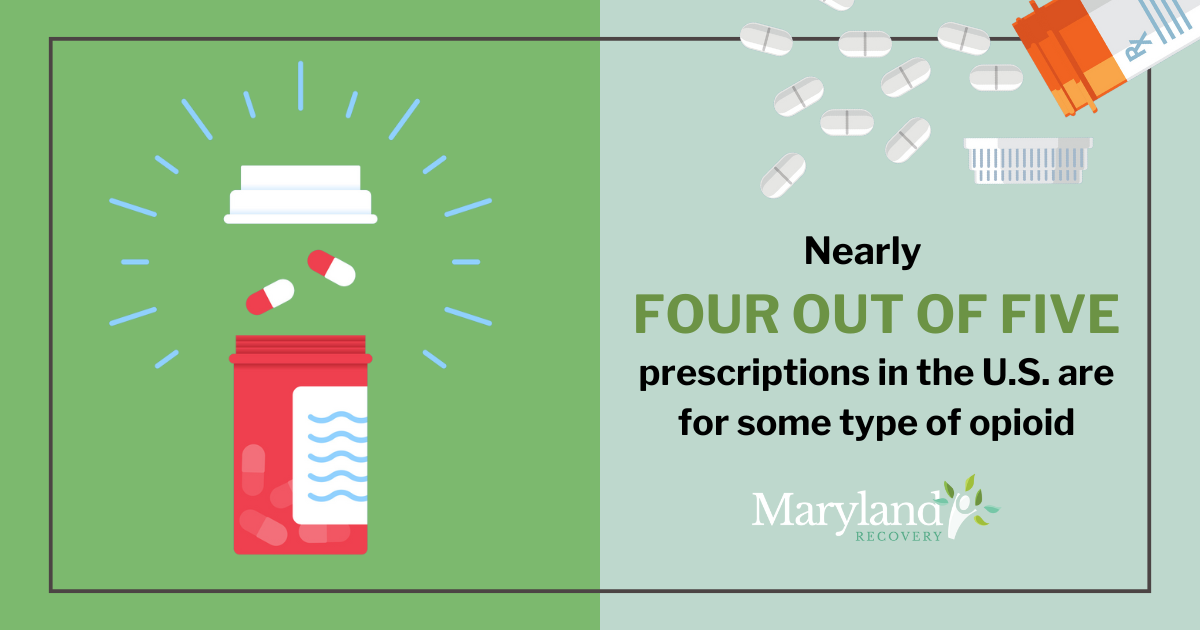
People who are addicted to OxyContin often crush and snort the drug to hasten the high the drug creates. Other people inject OxyContin. Either method of taking the drug carries the risk of a lethal overdose. Long-term use of OxyContin can lead to organ damage, respiratory depression, and other serious medical problems. Around 13 million Americans 12 and over abuse oxycodone, meaning it is one of the most abused prescription drugs.
Xanax
Another of the most commonly abused prescription drugs is Xanax, also known as alprazolam. This benzodiazepine medication enhances the activity of gamma-aminobutyric acid (GABA) in the brain, which calms the central nervous system. For people with certain mental health conditions, this can greatly reduce feelings of anxiety and panic. For this reason, panic disorders and anxiety disorders are commonly treated using Xanax.
Xanax is not only very addictive, but it is also commonly mixed with other prescription medications and even alcohol. The National Institute on Drug Abuse found that many people who abuse opioids also abuse benzodiazepines like Xanax. Overuse of Xanax and other depressants can lead to addiction, respiratory depression, overdose, and even death.
When taken for recreational reasons, the drug can cause severe drowsiness, confusion, impaired coordination, and memory problems. Withdrawals can lead to seizures and rebound anxiety.
Ritalin
Ritalin is another stimulant medication prescribed for managing attention-deficit/hyperactivity disorder (ADHD). Because of its frequent use among students, teenagers are overrepresented among the individuals who overuse or abuse this drug. Like Adderall, Ritalin can drastically increase focus and attention, a key reason people without a prescription may seek the drug – many people first use Ritalin in an attempt to stay awake when pulling all-nighters ahead of midterms or exams.
Much like Adderall, Ritalin increases dopamine and norepinephrine levels in the brain. Those are the neurotransmitters crucial for attention and focus regulation. When used recreationally or in higher doses than prescribed, Ritalin misuse can lead to addiction and health problems. These can include elevated blood pressure, irregular heartbeat, and abrupt changes in mood or behavior.
Prolonged abuse can lead to serious health complications, such as cardiovascular problems, seizures, and even psychosis.
Vicodin
Vicodin is a powerful pain-relieving medication that blends hydrocodone and acetaminophen. It is used to manage moderate to severe pain. While this opioid is highly effective in providing relief from various types of pain, it is frequently overused. The drug produces deep feelings of euphoria and relaxation, especially when taken in larger doses than prescribed.
People of all ages are prescribed Vicodin for legitimate reasons, but many continue to use the drug for non-medical purposes. Prolonged misuse of this drug can lead to liver damage, addiction, depressed breathing, and other potentially life-threatening conditions.
Ambien
Around 30% of Americans have difficulty sleeping. Ambien (also known by its generic name, zolpidem) was introduced in the United States in 1992. The drug induces a sedative-hypnotic state and can be used to treat insomnia. Ambien is in a class of drugs called non-benzodiazepine receptor agonists. This class of drugs targets the neurotransmitter gamma-aminobutyric acid (GABA) receptors in the brain.
As one of the most abused prescription drugs, Ambien can lead to a range of adverse effects beyond its intended purpose as a sleep aid. As with most other commonly abused medications, many people begin using Ambien for legitimate reasons, only to become addicted to the effects later on.
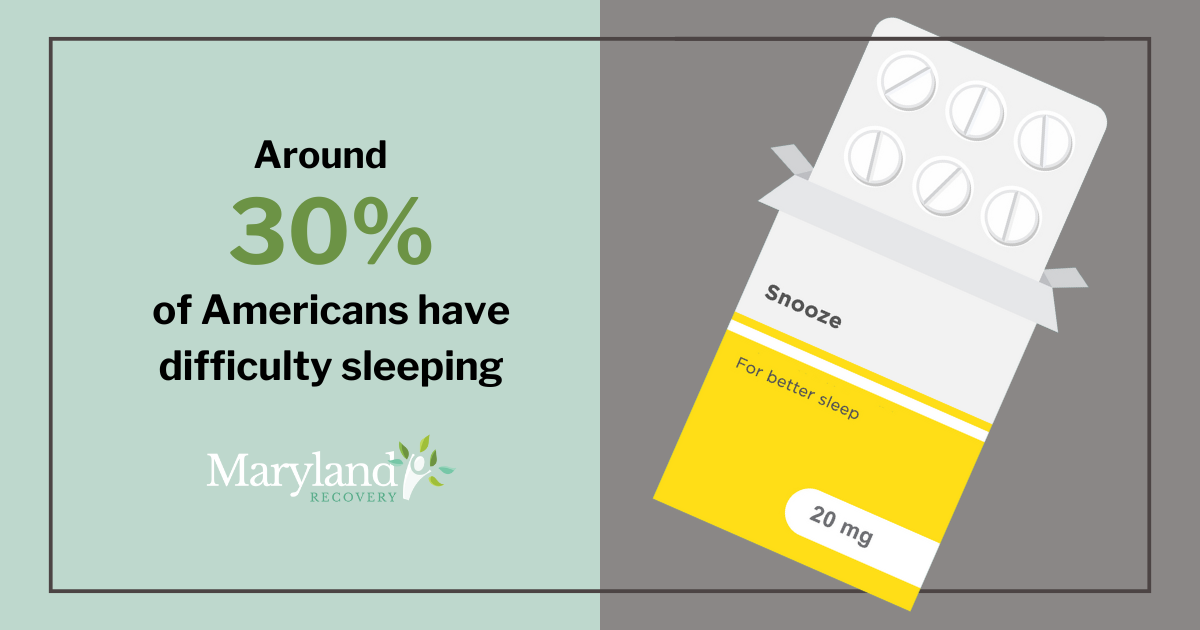
One significant risk associated with Ambien misuse is the potential for hallucinations and memory loss. Individuals who misuse Ambien may experience vivid hallucinations – seeing or hearing things that don’t exist – which can be distressing and disorienting. Memory loss, also known as amnesia, is a common side effect of Ambien misuse. This is particularly the case when taken in higher doses or combined with alcohol or other drugs.
While many people who misuse Ambien take more than prescribed, others use it in ways not recommended by healthcare professionals to experience euphoria or a high similar to that produced by other central nervous system depressants. The potential dangers of taking Ambien can become deadly when the drug is taken along with alcohol or other substances. Combining drugs can enhance the sedative effects of the drugs and increase the risk of overdose.
Fentanyl
America is in the midst of a fentanyl crisis. Fentanyl was the primary drug tied to 70,601 opioid overdose deaths in 2021. The drug is used to treat patients who are in extreme pain. For example, cancer patients are often prescribed fentanyl.
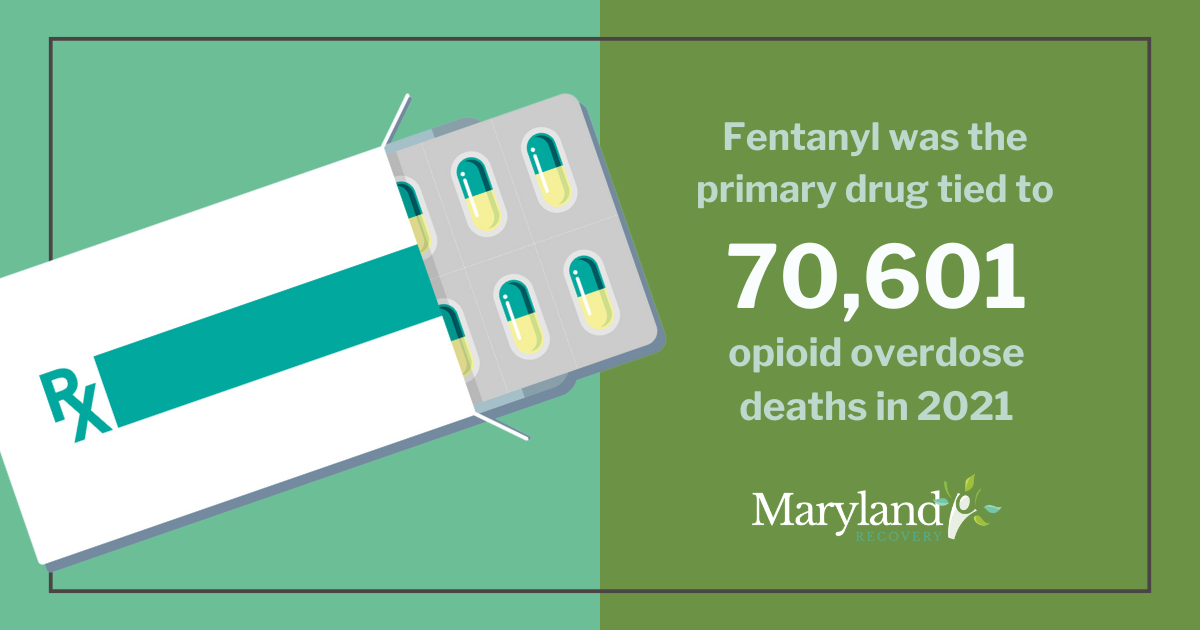
This synthetic opioid is very potent and thus very addictive – even tiny amounts can lead to a deadly overdose. Fentanyl can also be synthesized by street operations and made much more potent than pharmaceutical-grade fentanyl. The drug is commonly used to enhance the intoxicating effects of heroin. It is also sold as counterfeit prescription pills or as a cheap – yet potent – addition to other drugs. This can cause serious issues when people seeking other drugs unknowingly ingest the much more potent fentanyl.
Klonopin
Klonopin, which is also known as clonazepam, is another benzodiazepine medication frequently prescribed to manage anxiety and panic disorders. Its mechanism of action involves enhancing the effects of gamma-aminobutyric acid (GABA), a neurotransmitter responsible for calming brain activity, which results in a soothing effect.
Klonopin is prescribed for anxiety disorders, panic disorders, and seizure disorders like epilepsy. It can also be prescribed to alleviate muscle spasms and, in some cases, to treat insomnia. Many people who initially were prescribed Klonopin for legitimate medical reasons later find that they crave the sedative, euphoric effects of the benzodiazepine medication.
When taken inappropriately, Klonopin can cause a range of adverse effects, including drowsiness, confusion, and impaired coordination. This can lead to impaired driving and a greater risk of an accident. This is just one example of how Klonopin misuse can interfere with daily functioning and pose risks, especially when individuals operate machinery or drive while under the influence of the drug.
High doses of Klonopin or recreational use of the drug can lead to severe withdrawal symptoms when the drug is discontinued. These withdrawal symptoms can be not only uncomfortable but also dangerous, potentially leading to seizures or even psychotic episodes.
Valium
Valium (diazepam) is classified as a benzodiazepine medication. The class of drugs is used to treat anxiety, muscle spasms, and seizures, among other medical problems. It does this by enhancing the outcomes of a neurotransmitter called gamma-aminobutyric acid (GABA) in the brain. Valium produces a calming effect on the central nervous system, which is one reason why it can become so addictive to users.
Valium is prescribed to alleviate symptoms of anxiety disorders, panic disorder, and social anxiety disorder. The sedative and calming effects of Valium make it susceptible to misuse. People become addicted to the feelings of relaxation or euphoria and begin using the drug in greater quantities.
How Can Maryland Recovery Help People Addicted to Prescription Medications?
While it may seem counterintuitive to address addiction with other prescription medications, withdrawal management and safely tapering away from prescription medication use is essential to begin a healthy recovery. Medication-assisted treatments can offer a path toward recovery for people who are addicted to the above drugs and many other substances. The MAT program at Maryland Recovery was designed to manage withdrawal symptoms by fostering a safe environment for recovery and preventing relapse.
The necessary MAT medications can differ depending on the substance of choice, but they are chosen because they target the same brain receptors as the prescription without inducing euphoria — a primary reason for substance use. At the same time, MAT medications alleviate the cravings and withdrawal symptoms that are common triggers for relapse. This approach facilitates a smoother transition into the next phases of recovery, including sober living.
Take the First Step Toward Recovery
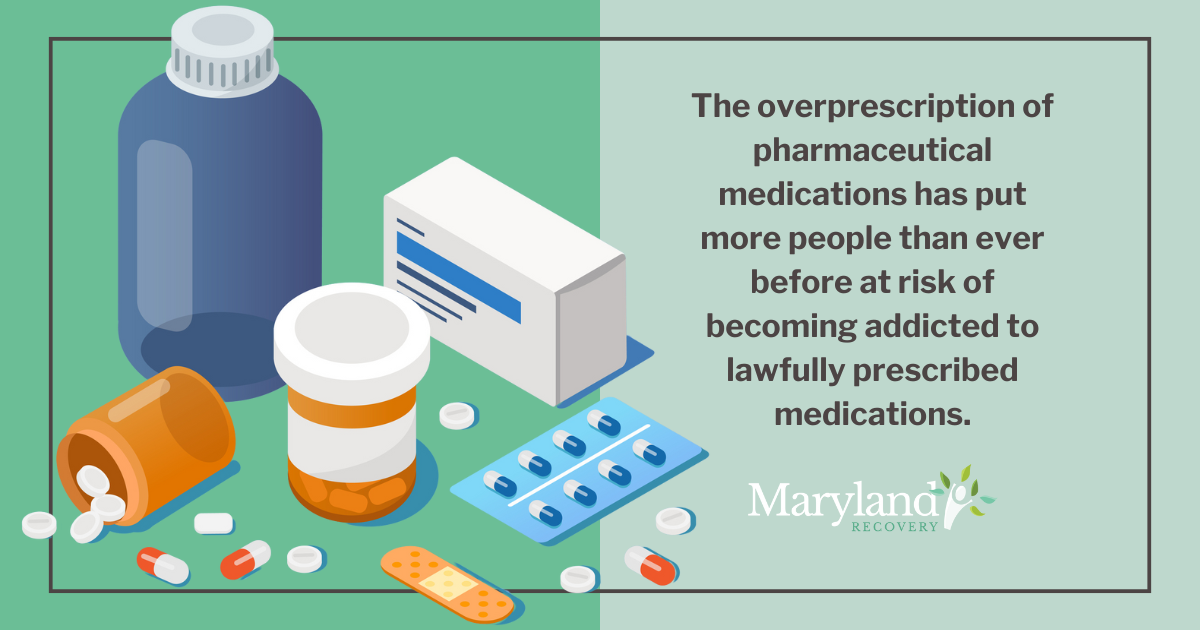
The overprescription of pharmaceutical medications has put more people than ever before at risk of becoming addicted to lawfully prescribed medications. If you or a loved one have experienced the dangers of prescription medication addiction, we can help. Maryland Recovery offers effective, safe, and accessible substance use disorder recovery.
At Maryland Recovery, our approach to addiction treatment is patient-centered. We focus on quality, cost-effective outpatient treatment with strong support for long-term recovery. Our program includes recovery homes to aid in transitional care. To begin your journey toward recovery, contact our compassionate professionals today.
Resources:
- National Institute on Drug Abuse. (n.d.). Benzodiazepines and opioids. Retrieved May 17, 2024, from https://nida.nih.gov/research-topics/opioids/benzodiazepines-opioids
- National Institute on Drug Abuse. (n.d.). Overdose death rates. Retrieved May 17, 2024, from https://nida.nih.gov/research-topics/trends-statistics/overdose-death-rates#:~:text=Overall%2C%20drug%20overdose%20deaths%20rose,overdose%20deaths%20reported%20in%202021.
- National Council on Aging. (n.d.). Sleep statistics. Retrieved May 17, 2024, from https://www.ncoa.org/adviser/sleep/sleep-statistics/#:~:text=More%20than%20a%20third%20of,38%25%20of%20the%20general%20population.
- Prescription Drug Abuse Statistics. (n.d.). Retrieved May 17, 2024, from https://drugabusestatistics.org/prescription-drug-abuse-statistics/
- Oxycodone Addiction And Abuse. (n.d.). Addiction Center. https://www.addictioncenter.com/opiates/oxycodone/#:~:text=According%20to%20the%20United%20States
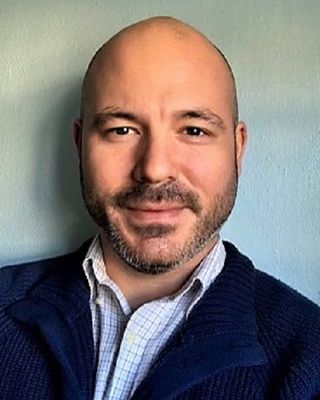
A solution focused therapist with over a decade in the helping services, I am attuned to the broad expanse of holistic recovery. My mission is inspired by the work of Joseph Campbell, Dr. Wayne Dyer, and Fr. Joseph Martin. I am well versed in the specific needs of the recovery community and am trained in EMDR.

